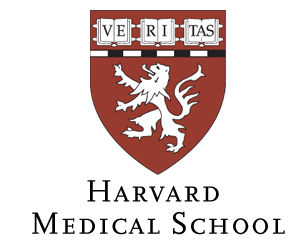The emergence of AR-V7, a truncated isoform of AR upon androgen deprivation therapy treatment, leads to the development of castration resistant prostate cancer (CRPC). Understanding mechanisms that regulate AR-V7 expression is critical for developing newer therapeutic strategies. In this study, we have investigated the regulation of AR-V7 during cell cycle and identified a distinct pattern of periodic fluctuation, peaking during G2/M phase. This fluctuation correlates with the expression of Cdc-2 like kinase 1 (CLK1) and phosphorylated serine/arginine-rich splicing factor 1 (p-SRSF1) during these phases, pointing towards their role in AR-V7 generation. Functional assays reveal that CLK1 knockdown prolongs the S phase, leading to altered cell cycle distribution and increased accumulation of AR-V7 and pSRSF1 in G1/S phase. Conversely, CLK1 overexpression rescues AR-V7 and p-SRSF1 levels in the G2/M phase, consistent with observed cell cycle alterations upon AR-V7 knockdown and overexpression in CRPC cells. Furthermore, overexpression of kinase-deficient CLK1 mutant leads to diminished AR-V7 levels during G2/M, underlining the essential contribution of CLK1's kinase activity in modulating AR-V7 expression. Collectively, our findings, for the first time, show periodic regulation of AR-V7 expression, its effect on cell cycle progression and the critical role of CLK1-pSRSF1 axis in modulating AR-V7 expression throughout the cell cycle.







